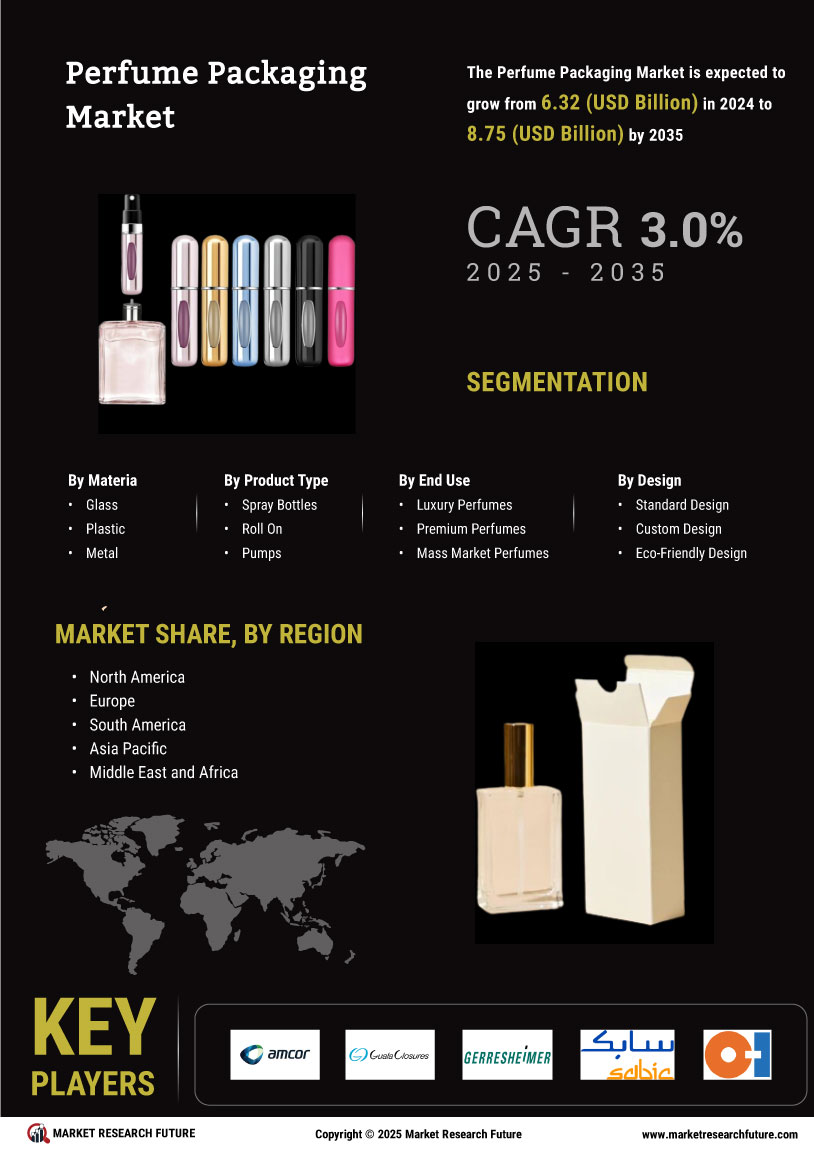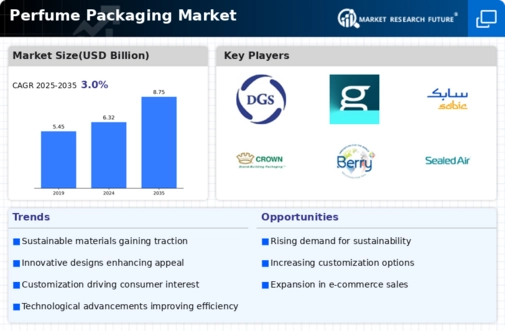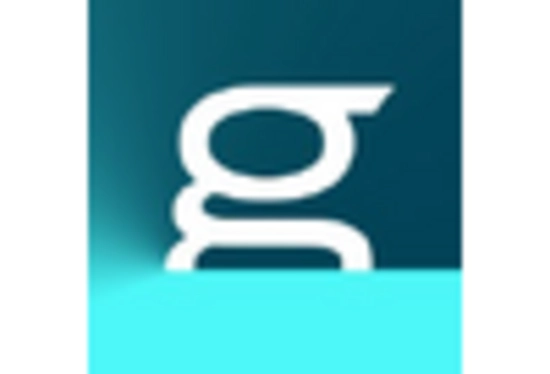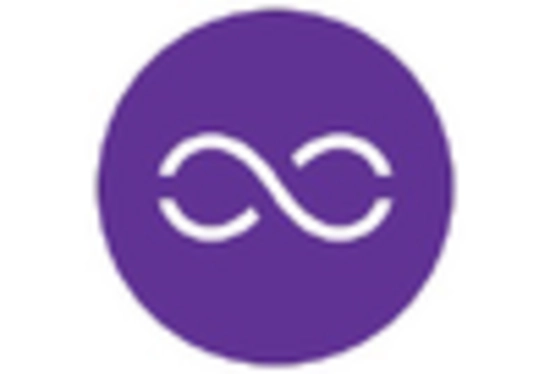Luxury Aesthetics in Design
The allure of luxury continues to drive the Perfume Packaging Market, as consumers seek products that reflect sophistication and elegance. High-end brands are increasingly investing in exquisite packaging designs that serve as a statement of luxury. This trend is evident in the use of premium materials, intricate designs, and unique bottle shapes that captivate consumers. Market analysis reveals that the luxury fragrance segment is expected to grow substantially, with packaging playing a crucial role in attracting discerning customers. The emphasis on aesthetics not only enhances brand perception but also influences purchasing decisions, as consumers are drawn to visually appealing products. Thus, the Perfume Packaging Market is likely to see continued investment in luxurious packaging solutions that resonate with the target audience.
E-commerce Driven Innovations
The rise of e-commerce has significantly influenced the Perfume Packaging Market, as online shopping continues to gain traction. With the convenience of purchasing fragrances online, brands are compelled to innovate their packaging to ensure product safety during transit. This has led to the development of tamper-proof and protective packaging solutions that maintain product integrity. Data indicates that e-commerce sales in the fragrance sector have surged, with a notable increase in direct-to-consumer sales channels. Consequently, brands are investing in packaging that not only appeals visually but also enhances the unboxing experience for consumers. This trend suggests that the Perfume Packaging Market must adapt to the evolving retail landscape, focusing on both functionality and aesthetics.
Sustainable Packaging Solutions
The increasing emphasis on sustainability is a pivotal driver in the Perfume Packaging Market. Consumers are becoming more environmentally conscious, leading brands to adopt eco-friendly materials and practices. This shift is reflected in the growing demand for biodegradable and recyclable packaging options. According to recent data, the sustainable packaging segment is projected to grow at a compound annual growth rate of over 10% in the coming years. Brands that prioritize sustainability not only enhance their market appeal but also align with consumer values, thereby fostering brand loyalty. As a result, the Perfume Packaging Market is witnessing a transformation where traditional materials are being replaced with innovative, sustainable alternatives, which could potentially reshape the competitive landscape.
Technological Advancements in Packaging
Technological innovations are reshaping the Perfume Packaging Market, as brands leverage new technologies to enhance packaging functionality and design. Developments such as smart packaging, which incorporates QR codes and augmented reality, are becoming increasingly popular. These technologies allow brands to engage consumers in unique ways, providing additional information and interactive experiences. Furthermore, advancements in printing techniques enable more intricate designs and customization options, appealing to a broader audience. Data suggests that the integration of technology in packaging could lead to increased consumer engagement and brand loyalty. As a result, the Perfume Packaging Market is likely to witness a surge in demand for technologically advanced packaging solutions that not only protect the product but also enhance the overall consumer experience.
Regulatory Compliance and Safety Standards
Regulatory compliance is a critical driver in the Perfume Packaging Market, as brands must adhere to stringent safety and environmental regulations. Governments worldwide are implementing guidelines to ensure that packaging materials are safe for consumers and the environment. This has prompted brands to invest in compliant packaging solutions that meet these standards. Data indicates that non-compliance can lead to significant financial penalties and damage to brand reputation, making adherence essential. As a result, the Perfume Packaging Market is witnessing a shift towards materials and designs that not only comply with regulations but also promote safety and sustainability. This focus on compliance is likely to shape future packaging strategies, as brands strive to balance innovation with regulatory requirements.


















Leave a Comment